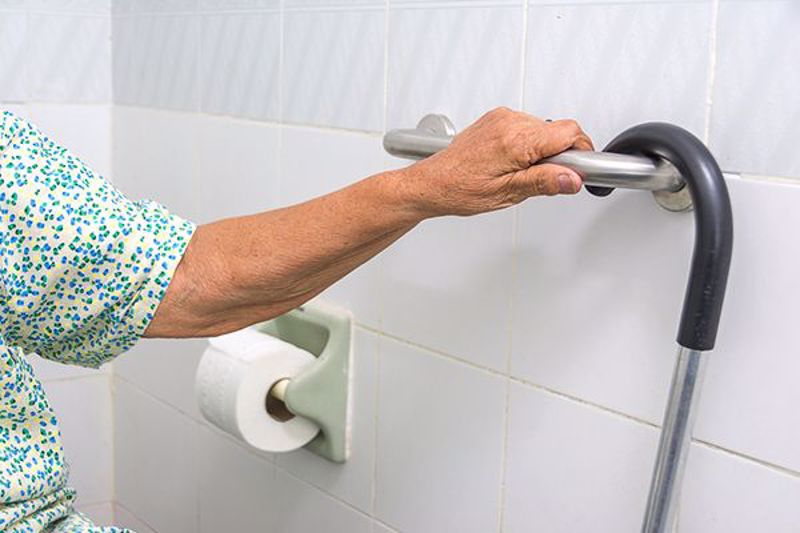As we age, maintaining independence and safety within our homes becomes increasingly important. One area that requires special attention is the bathroom, as it can pose challenges for elderly individuals due to its slippery surfaces and potential mobility limitations. In this comprehensive guide, we will explore various strategies and modifications to make your bathroom more accessible and safer for elderly individuals. From addressing mobility issues to enhancing safety features, these tips will help create a bathroom that promotes independence, reduces accidents, and ensures a comfortable bathing experience. You can use a Lowes Discount Coupon from We Are Coupons to save money on upgrading your bathroom.
Assess Your Needs and Prioritize Safety
Start by assessing the specific needs of the elderly individual(s) who will be using the bathroom. Consider any mobility limitations, balance issues, or conditions that may require special accommodations. Prioritize safety as the foundation of your modifications, ensuring that the bathroom is free from potential hazards and promoting a secure environment.
Improve Accessibility
Enhancing accessibility is crucial for an elderly-friendly bathroom. Consider the following modifications:
Install Grab Bars: Install grab bars near the toilet, bathtub, and shower areas to provide stability and support while maneuvering.
Install a Walk-in Bathtub or Shower: Consider replacing traditional tubs with walk-in bathtubs or curbless showers to eliminate the need for stepping over high edges.
Install a Raised Toilet Seat: A raised toilet seat can assist individuals with limited mobility or difficulty in sitting down and standing up.
Create Ample Space: Ensure there is enough space in the bathroom to accommodate a wheelchair or mobility aid if needed.
Improve Flooring and Surfaces
Slippery surfaces can be a significant safety concern in the bathroom. Consider the following modifications to improve flooring and surfaces:
Install Non-Slip Flooring: Replace slick tiles with non-slip flooring materials, such as textured tiles, vinyl, or rubber, to reduce the risk of slips and falls.
Use Anti-Slip Mats or Strips: Place anti-slip mats or adhesive strips in the shower or bathtub to provide extra traction.
Remove Tripping Hazards: Eliminate rugs or mats that can pose tripping hazards. If necessary, use secure, non-slip rugs with rubber backing.
Enhance Lighting and Visibility
A well-lit bathroom improves visibility and reduces the risk of accidents. Consider the following lighting modifications:
Increase General Lighting: Ensure there is adequate general lighting throughout the bathroom. Consider adding additional ceiling lights or brighter bulbs.
Install Motion-Sensor Lights: Install motion-sensor lights near the entrance or in key areas, such as the toilet or vanity, to provide illumination when entering or moving around the bathroom.
Use Task Lighting: Install task lighting near the vanity or mirror for better visibility during grooming activities.
Optimize Shower and Bathing Safety
The shower and bathing areas can be particularly hazardous for elderly individuals. Consider the following modifications:
Install a Handheld Showerhead: A handheld showerhead allows for greater flexibility and ease of use while sitting or bathing.
Use Shower Chairs or Stools: Provide a shower chair or stool for individuals who have difficulty standing for extended periods.
Add a Non-Slip Bath Mat: Place a non-slip bath mat inside the shower or bathtub to provide a secure surface while bathing.
Install Temperature-Controlled Faucets: Consider installing temperature-controlled faucets to prevent scalding accidents.




